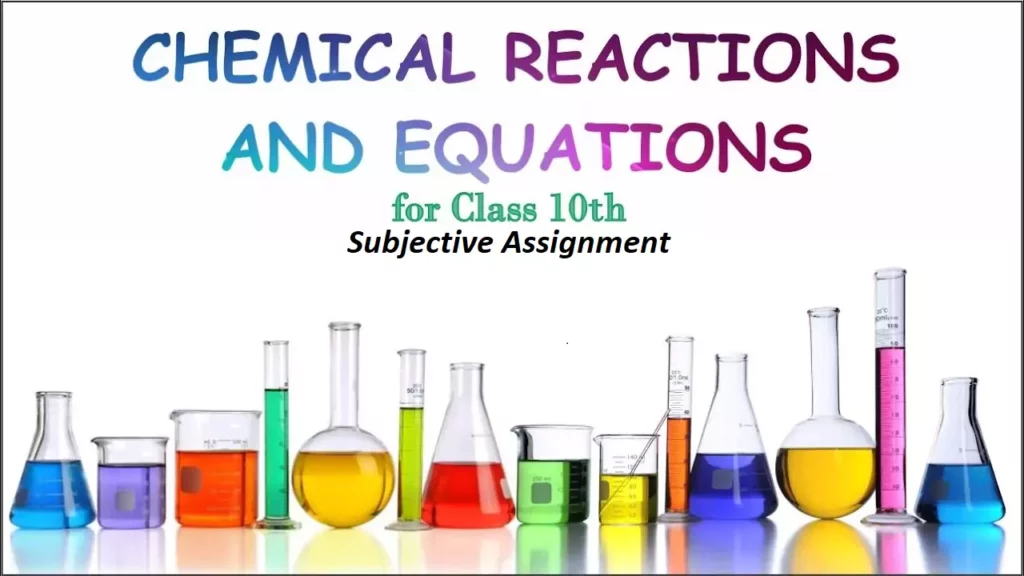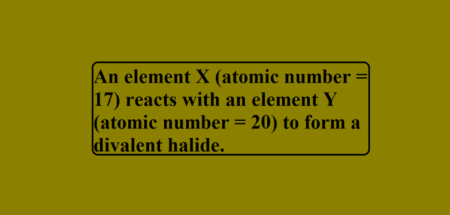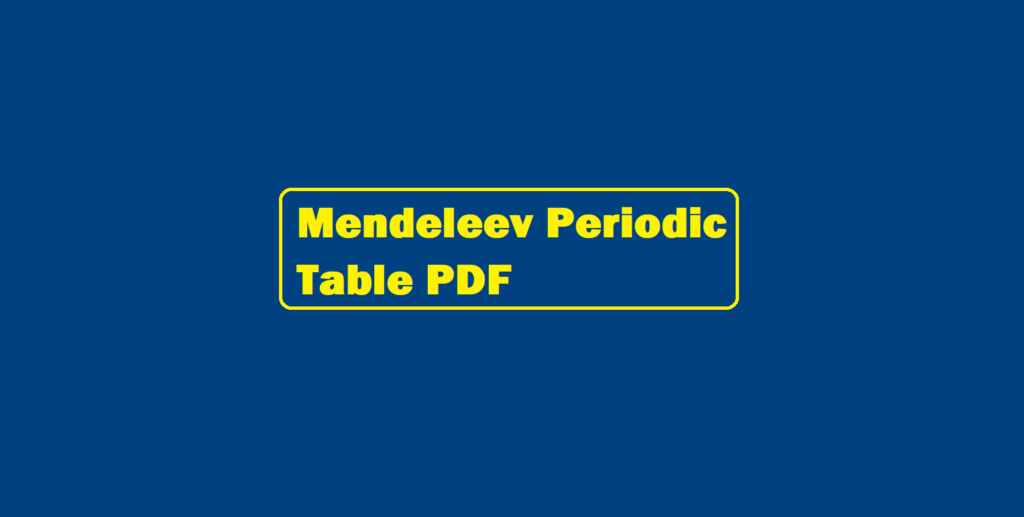Subjective Assignment Chemical Reactions and Equations is a continuous assignment to the earlier posts
Subjective Assignment Chemical Reactions and Equations
Q 51. Why does milky white lime water, on exposure to air on walls give white colour?
Q 52. What type of reaction is common in the burning of food and fuel?
Q 53. Why does stainless steel not rust easily?
Q 54. In the cracker of festivals, which reaction is involved?
Q 55. Why does iron coated with zinc?
Q 56. Why platinum does not react with dilute sulphuric acid?
Q 57. Why does white mass settle down in a test tube when BaCl2 solution is added to NaCl solution?
Q 58. Is it possible to get silver when AgNO3 (aq) with copper when the solution is heated?
Q 59. In the protection of steel heavy machines, why do machines are joined with a magnesium plate?
Q 60. When a green iron salt is heated strongly its colour finally changes to black and odour of burning sulphur is given out.
- Name the iron salt.
- Name the type of reaction that takes place.
- Name the compound which changes into Brownish black colour.
- Name the compound which is responsible for its odour.
- Write the chemical equation of the above statement.
Q 61. What is the thermite reaction? Mention its use.
Q 62. Balance the following skeleton equation by hit and trial method.
a). Al2(SO4)3 + NaOH → Al(OH)3 + Na2SO4
b). Cu2S + O2 → Cu2O +SO2
c). AlN + H2O → Al(OH)3 + NH3
Q 63. A chemical is heated in a test tube brown fumes comes out and a black residue is left behind.
(i) Name the chemical which gives brown fumes.
(ii) Write the equation.
(ii) Name the compound which gives black residue.
Q 64. Why respiration is an exothermic reaction?
Q 65. What do you observe when a solution of lead nitrate and potassium iodide in water are mixed together?
Q 66. Write balanced equations with state of reactants and products
(i). Molten sodium chloride on passing current decomposes into sodium metal and chlorine gas
(ii). Magnesium metal and hydrochloric acid react to produce magnesium chloride and hydrogen.
(iii). Potassium chlorate on heating produces potassium chloride and oxygen gas.
(iv). Solutions of barium chloride and sodium sulphate react to produce ppt of barium sulphate and sodium chloride.
(v). Iron metal dissolves in copper sulphate solution forming iron sulphate and copper.
Answers Subjective Assignment Chemical Reactions and Equations
True False Assignment Chemical Reactions and Equations
2nd -Assignment Chemical Reactions and Equations | Class 10th
Assignment 1 – Chemical Reactions And Equations | Class 10th


